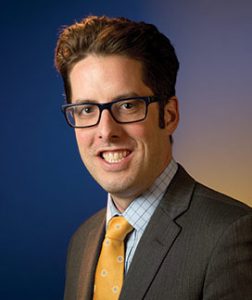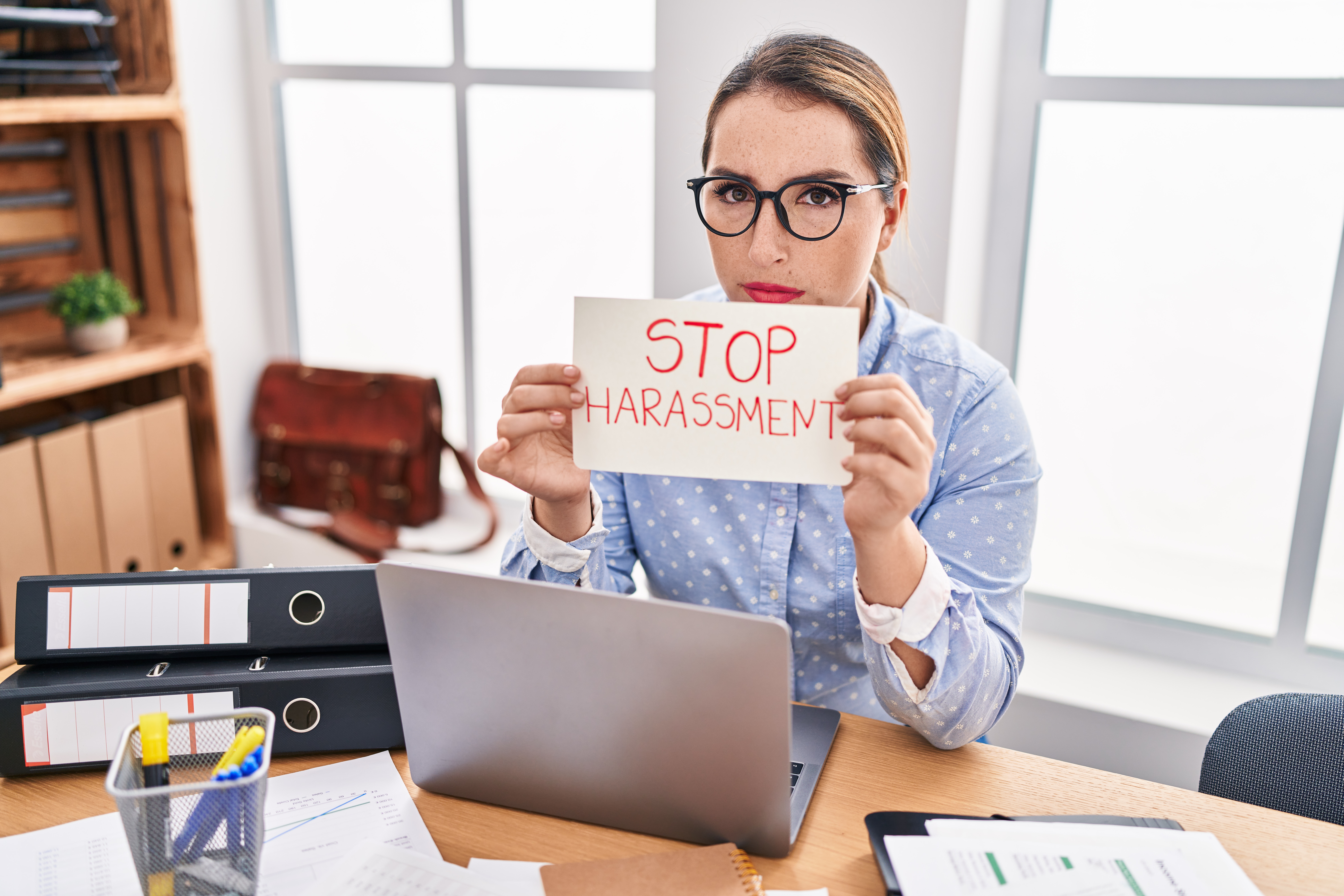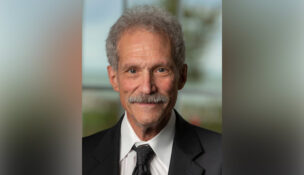ON THE DEFENSIVE: Should juries really be searching for the ‘truth?’
By: Anthony Cotton//November 22, 2016//
ON THE DEFENSIVE: Should juries really be searching for the ‘truth?’
By: Anthony Cotton//November 22, 2016//

Jury instructions are a central part of any criminal trial.
These instructions, read by a judge, offer jurors guidance on what they can consider and an outline of how they should approach the difficult task of analyzing evidence. In criminal cases in Wisconsin, one of the last pattern instructions read to jurors defines the idea of “proof beyond a reasonable doubt.”
Jurors are told: “While it is your duty to give the defendant the benefit of every reasonable doubt, you are not to search for doubt. You are to search for the truth.” Criminal-defense attorneys have long bemoaned this “search for the truth” language, arguing that it lowers the government’s burden of proof below the constitutionally guaranteed standard of reasonable doubt.
This argument has recently gained traction, and judges throughout the state have agreed to modify the pattern instruction to remove the “search for the truth” language.
Why? Because searching for the “truth” is clearly not the jury’s job. The question for any jury is much more narrow — has the prosecution proved its case beyond a reasonable doubt? If not, the jury is required to acquit the defendant.
Why, then, is asking jurors to search for the “truth” such a dubious proposition? In part, it’s because of the common practice of withholding significant pieces of evidence from jurors during trial. Confessions and similar evidence, for instance, are almost always suppressed when officers fail to comply with certain constitutional requirements. In other cases, the defense is prevented from arguing to jurors that a third party committed the charged crime, unless the defendant can also prove the third party’s motive. Yet, at the same time, jurors are specifically instructed that “the State is not required to prove motive on the part of a defendant in order to convict.” Wis. J.I. Crim. 175.
While it seems patently obvious that the “search for the truth” language lowers the government’s burden of proof, empirical evidence now also supports this contention. Recently, Dr. Lawrence White of Beloit College and Kenosha attorney and Wisconsin Law Journal columnist Michael Cicchini conduced and published a controlled study to better understand the effects of Wisconsin’s pattern instruction on jurors’ decision-making.
The study, published in the University of Richmond Law Review, tried to find whether mock jurors, presented with identical fact patterns, would convict defendants at different rates if presented with different instructions. The study conclusively demonstrated that the conviction rate among mock jurors was nearly twice as great when the group had received a reasonable-doubt instruction advising them to “search for the truth.” The study also showed that the conviction rate was nearly identical between groups of mock jurors who received a legally proper reasonable-doubt instruction and those who received no such instruction whatsoever.
Recognizing the problems with this language, many judges in Wisconsin are sua sponte modifying the reasonable-doubt instruction to eliminate the “search for the truth” language. Given the fact that juries are only supposed to be deciding whether the prosecution has proved its case beyond a reasonable doubt, now is the time for the Jury Instruction Committee to follow judges’ lead and revise the pattern instruction.
Legal News
- Wisconsin attorney loses law license, ordered to pay $16K fine
- Former Wisconsin police officer charged with 5 bestiality felony counts
- Judge reject’s Trump’s bid for a new trial in $83.3 million E. Jean Carroll defamation case
- Dozens of deaths reveal risks of injecting sedatives into people restrained by police
- The Latest: Supreme Court arguments conclude in Trump immunity case
- Net neutrality restored as FCC votes to regulate internet providers
- Wisconsin Attorney General asks Congress to expand reproductive health services
- Attorney General Kaul releases update at three-year anniversary of clergy and faith leader abuse initiative
- State Bar leaders remain deeply divided over special purpose trust
- Former Wisconsin college chancellor fired over porn career is fighting to keep his faculty post
- Pecker says he pledged to be Trump campaign’s ‘eyes and ears’ during 2016 race
- A conservative quest to limit diversity programs gains momentum in states
WLJ People
- Power 30 Personal Injury Attorneys – Russell Nicolet
- Power 30 Personal Injury Attorneys – Benjamin Nicolet
- Power 30 Personal Injury Attorneys – Dustin T. Woehl
- Power 30 Personal Injury Attorneys – Katherine Metzger
- Power 30 Personal Injury Attorneys – Joseph Ryan
- Power 30 Personal Injury Attorneys – James M. Ryan
- Power 30 Personal Injury Attorneys – Dana Wachs
- Power 30 Personal Injury Attorneys – Mark L. Thomsen
- Power 30 Personal Injury Attorneys – Matthew Lein
- Power 30 Personal Injury Attorneys – Jeffrey A. Pitman
- Power 30 Personal Injury Attorneys – William Pemberton
- Power 30 Personal Injury Attorneys – Howard S. Sicula











